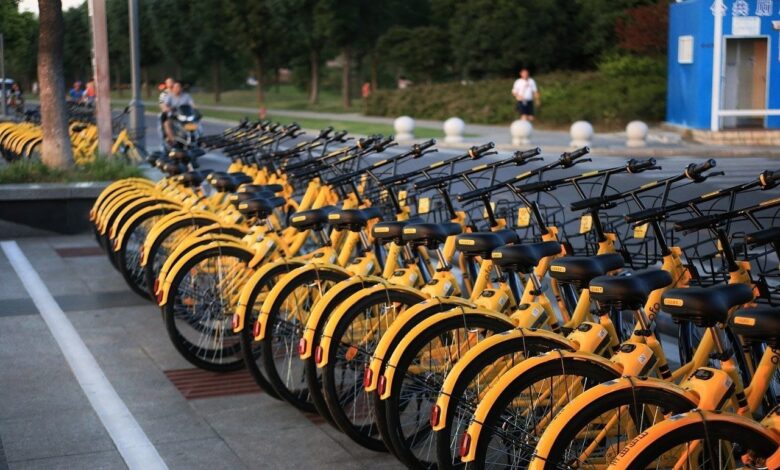Technology
The future of transportation: exploring emerging technologies for sustainable mobility

The future of transportation is rapidly evolving as emerging technologies are being developed and implemented to create more sustainable and efficient modes of mobility. Here are some of the most promising technologies that are expected to play a major role in shaping the future of transportation:
- Electric vehicles (EVs): EVs are already gaining popularity as an alternative to traditional gasoline-powered cars, and this trend is expected to continue. With advancements in battery technology, charging infrastructure, and government incentives, EVs are becoming more accessible and affordable for consumers.
- Autonomous vehicles (AVs): AVs are expected to revolutionize transportation by eliminating the need for human drivers. They have the potential to greatly reduce accidents and traffic congestion, as well as provide greater mobility for elderly and disabled individuals.
- Hyperloop: The hyperloop is a proposed mode of transportation that would use high-speed pods to transport passengers and cargo through vacuum-sealed tubes. This technology has the potential to dramatically reduce travel times and carbon emissions.
- Drones: Drones are already being used for various applications such as delivering packages and conducting aerial surveys. In the future, they could be used for passenger transportation, particularly in urban areas where traffic congestion is a major problem.
- Sustainable fuels: While EVs are becoming increasingly popular, there is still a need for sustainable fuels to power other modes of transportation such as airplanes and ships. Biofuels, hydrogen fuel cells, and synthetic fuels are all being developed as potential alternatives to fossil fuels.
- Shared mobility: Shared mobility refers to the sharing of transportation resources such as cars, bikes, and scooters. This model has the potential to greatly reduce the number of cars on the road, as well as provide greater access to transportation for those who cannot afford to own a vehicle.
- Connected vehicles: Connected vehicles are equipped with technology that allows them to communicate with each other and with the surrounding infrastructure. This can improve safety by reducing accidents and traffic congestion, as well as improve efficiency by optimizing traffic flow.
- Urban air mobility (UAM): UAM refers to the use of small electric aircraft to transport passengers and cargo in urban areas. This technology has the potential to greatly reduce travel times and alleviate traffic congestion on the ground.
- Advanced materials: Advanced materials such as lightweight composites and advanced alloys are being developed to make transportation vehicles lighter and more efficient. This can improve fuel economy and reduce emissions, while also improving performance and safety.
- Mobility as a service (MaaS): MaaS refers to the integration of various transportation services into a single platform that can be accessed through a mobile app. This can make it easier for people to plan and pay for their transportation needs, while also reducing the number of cars on the road.
- Overall, the future of transportation is likely to be characterized by a combination of these emerging technologies, as well as continued innovation and experimentation. By embracing sustainable and efficient modes of mobility, we can create a more equitable and environmentally friendly transportation system for all.
Overall, the future of transportation is looking promising as new technologies continue to emerge and mature. By embracing sustainable and efficient modes of mobility, we can create a more sustainable and equitable transportation system for future generations.



